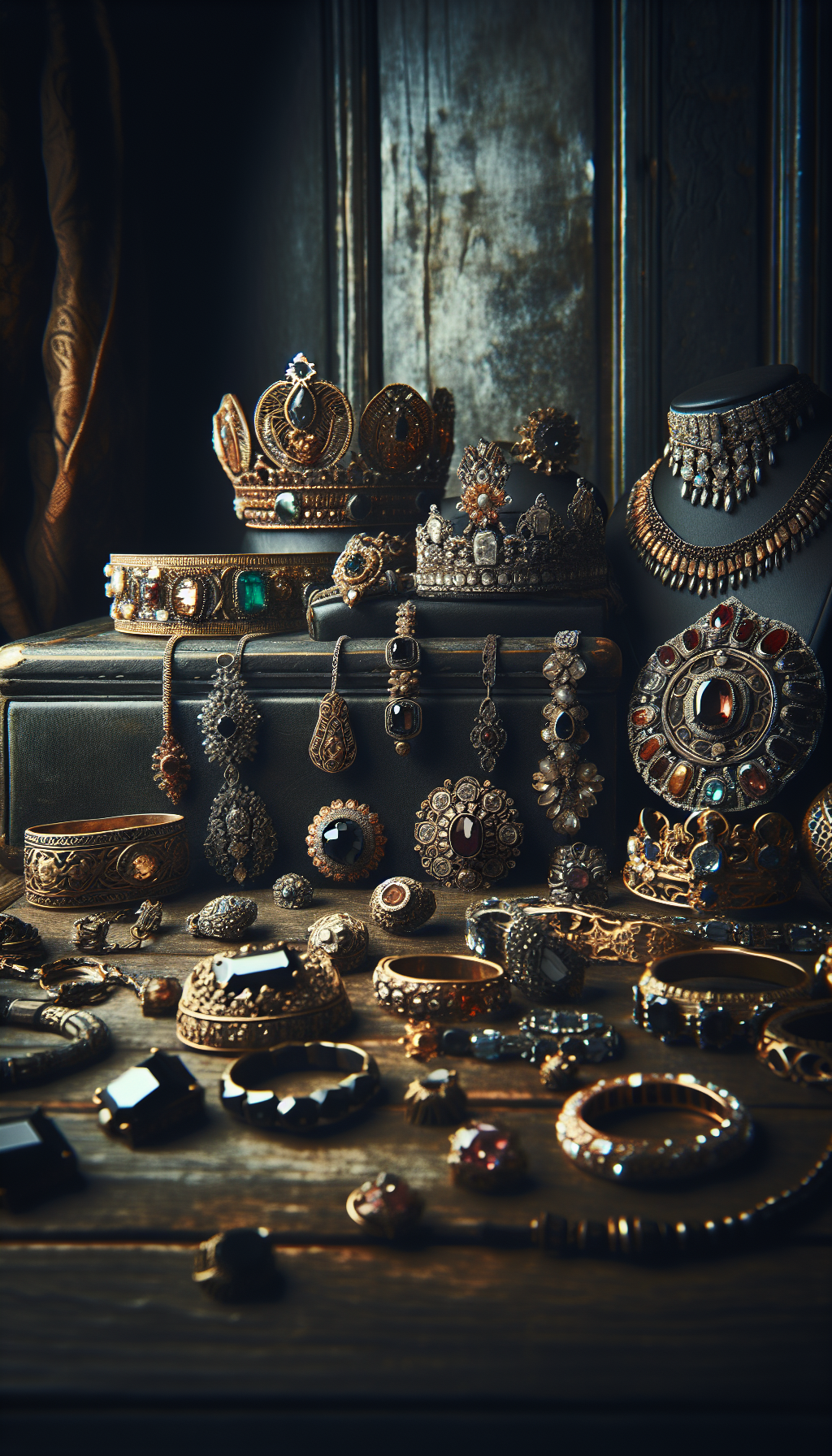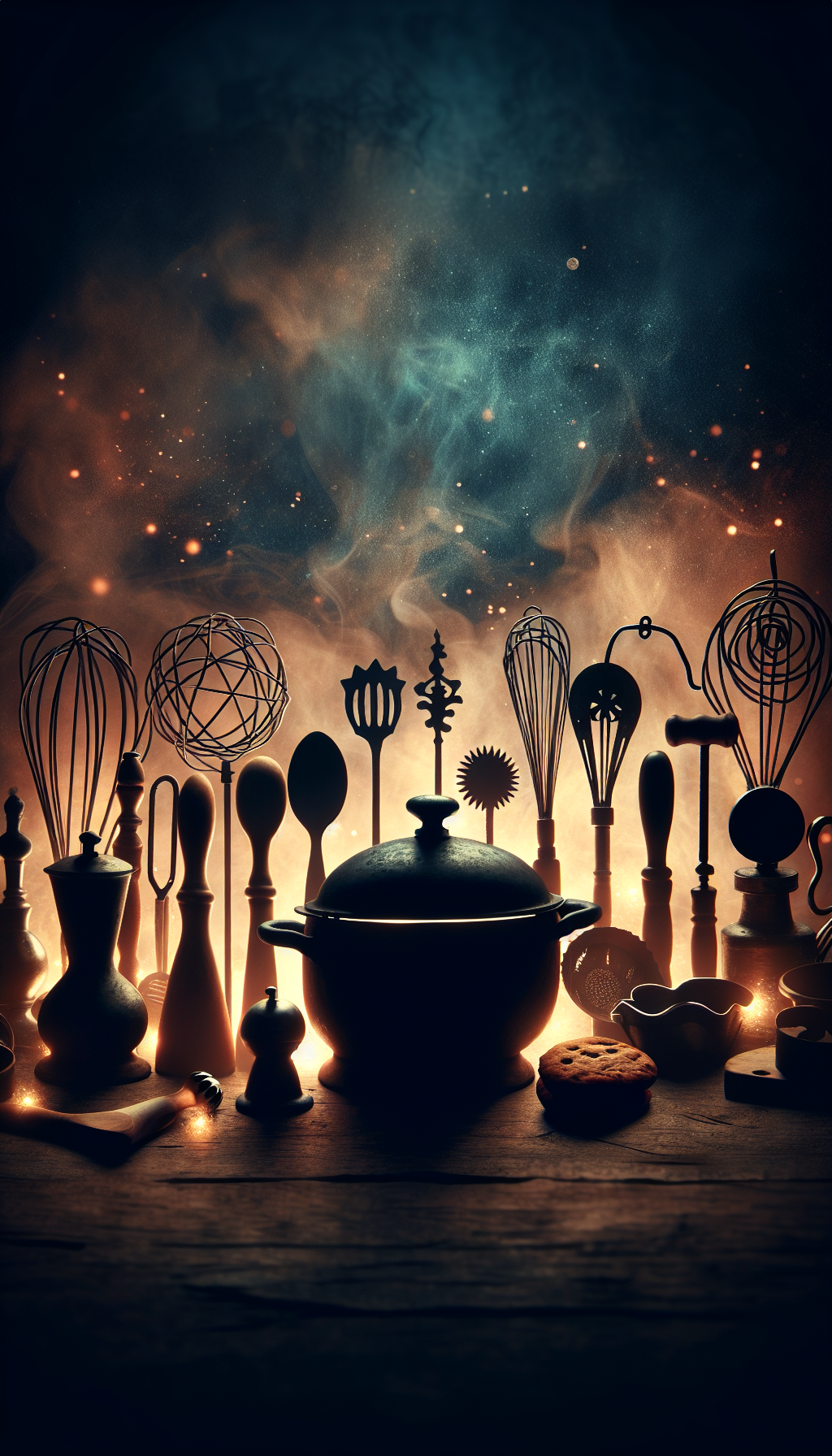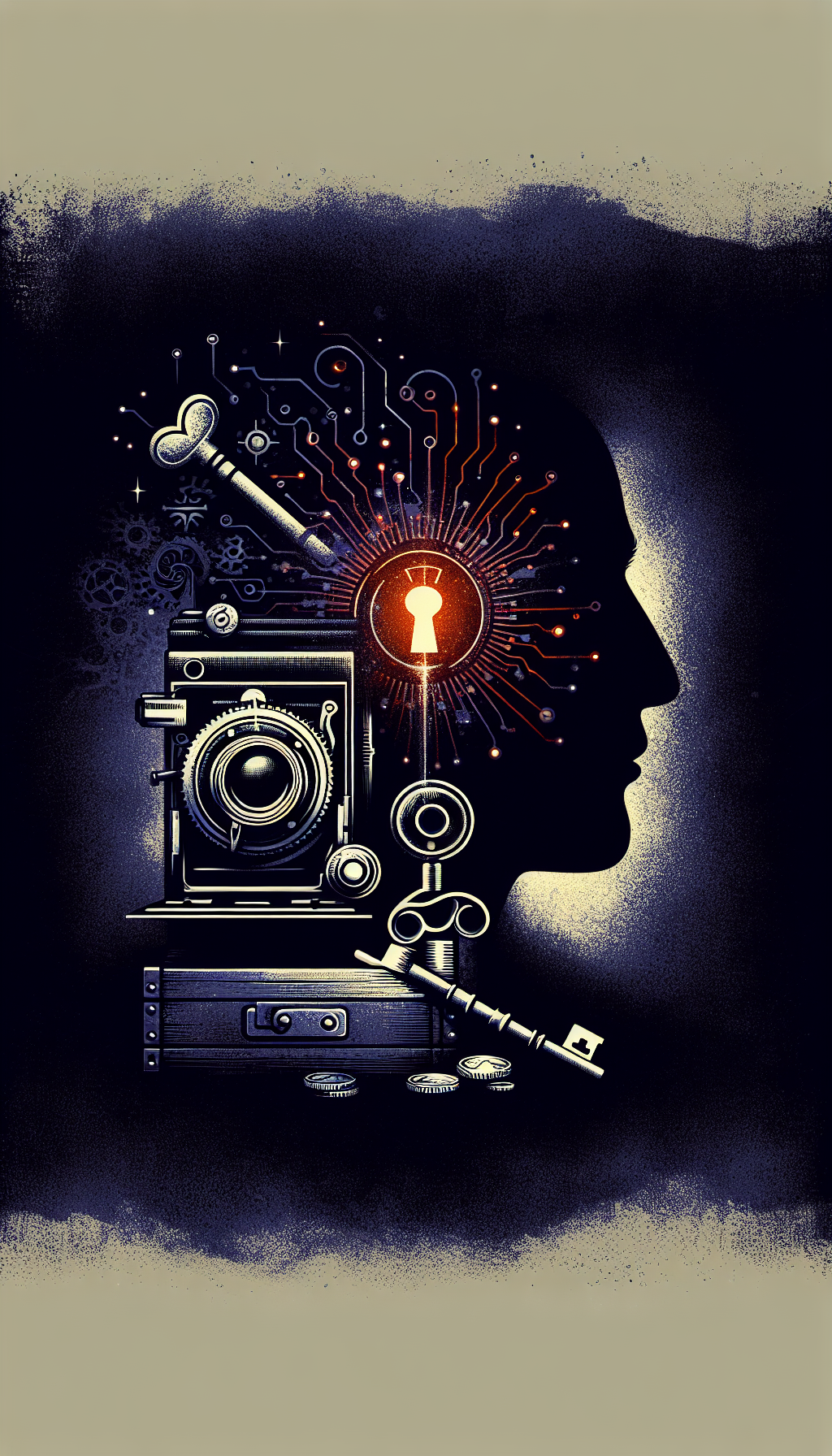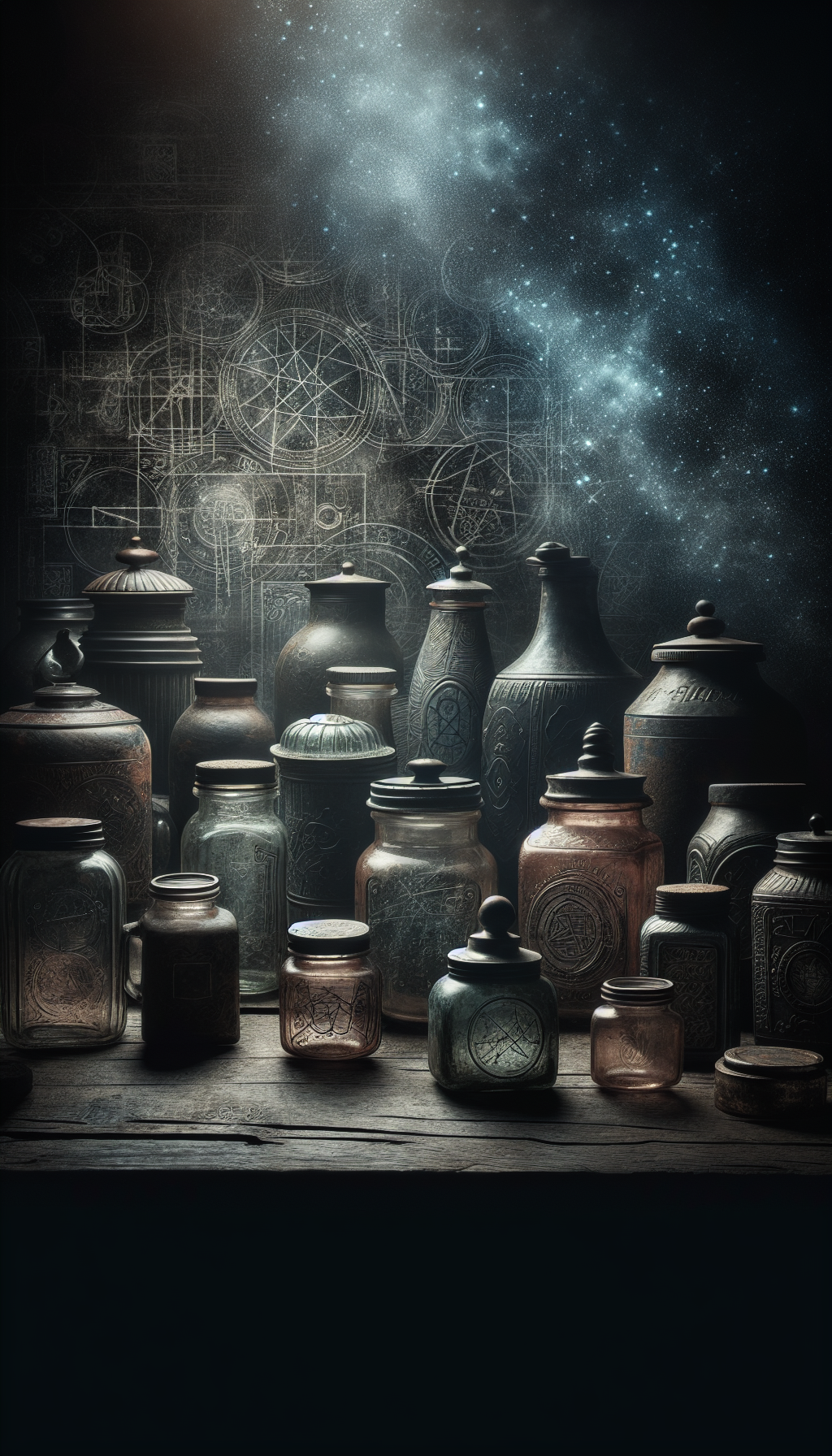Antique vanities with mirrors represent elegant pieces of furniture history that continue to captivate collectors and interior designers alike. These beautiful dressing tables, popular from the Victorian era through the Art Deco period, combined functionality with aesthetic appeal, serving as both practical grooming stations and statement pieces in bedrooms.
Understanding the value of these cherished antiques requires knowledge of their history, design characteristics, condition factors, and current market trends. Whether you’re looking to sell an inherited piece, purchase one for your home, or simply appreciate their historical significance, this comprehensive guide will help you navigate the world of antique vanities with mirrors.
Understanding Antique Vanity Values
According to antique experts, typical price ranges for antique vanities with mirrors fall into these general categories:
Antique Vanity Value Ranges
Current market value estimates based on condition and era
</tbody>
</table>
One antique expert on JustAnswer noted that a typical antique vanity table with mirror and seat would fetch “$200-$300” at auction but could have “a full retail value (if you saw it for sale in an antique store) of about $600.”
According to 1stDibs, higher-end examples like 1920s Venetian vanities with three mirrors can command prices around $3,083, while Art Deco luxury vanity consoles can sell for $5,600 or more.
Historical Timeline of Vanity Tables
Evolution of Vanity Tables
- 1800-1850
Early Victorian Era
Victorian vanities featured ornate woodwork, curved legs, and modest oval mirrors. These pieces were typically made of mahogany or rosewood and displayed intricate carvings. Most featured a central mirror and multiple small drawers. - 1850-1900
Late Victorian Era
Late Victorian vanities became more elaborate with larger mirrors, marble tops, and sometimes featured towel bars. Construction included more machine-made elements as industrial production increased. These pieces often included matching stools or chairs. - 1900-1920
Edwardian & Art Nouveau
Vanities from this period showcased more flowing lines and nature-inspired designs. Lighter woods became popular, and pieces were generally less ornate than Victorian counterparts. The term "vanity" began replacing "toilet table" during this period. - 1920-1940
Art Deco Period
Art Deco vanities featured bold geometric designs, contrasting wood veneers, and sleek lines. Three-panel mirrors became popular during this era. Materials included exotic woods, mirrored surfaces, and sometimes chrome or brass accents. - 1940-1960
Mid-Century Modern
Mid-century vanities became more streamlined with clean lines and minimal ornamentation. Many featured bleached or lighter woods like maple and birch. Mirror designs became more geometric and functional rather than decorative.
Understanding the historical context of your vanity helps not only with accurate valuation but also with proper marketing if you’re selling the piece. As one Reddit user in r/Antiques explained, “Being able to date it to a specific period adds significant value to collectors who specialize in certain eras.”
Key Value Factors for Antique Vanities
Value Impact Factors
Age and Authenticity
The age of a vanity significantly affects its value. Generally, pieces from the 1920s and 1930s (Art Deco period) are particularly sought after, with 1stDibs listing numerous examples from $2,834 to over $5,000. Authentic period pieces command higher prices than reproductions or revivals.
To verify authenticity, examine:
- Construction techniques (dovetail joints, wood pegs, etc.)
- Materials used (types of wood, hardware, mirror composition)
- Manufacturer marks or labels (often found in drawers or on the back)
Condition
According to experts on JustAnswer, condition is perhaps the most crucial factor in determining value. Issues that can significantly reduce worth include:
Condition Assessment Checklist
Common issues that affect antique vanity values
- Mirror damage (clouding, spotting, cracks)
- Missing or replaced hardware
- Structural damage to the frame or legs
- Significant wood veneer damage or loss
- Water damage or staining
- Poorly executed repairs or refinishing
- Missing original stool or bench
- Damaged or replaced mirror support mechanisms
A Reddit user in r/Antiques commented that replacing a vanity mirror can be costly, noting, “it’s probably not worth your time and money to have the vanity mirror replaced,” suggesting that incomplete pieces often sell for significantly less.
Style and Design
Certain styles and designs are more desirable to collectors:
- Art Deco vanities with geometric designs and triple mirrors
- Victorian pieces with elaborate carvings and marble tops
- French-inspired designs with graceful lines and painted finishes
- Vanities from recognized furniture makers or designers
According to listings on 1stDibs, Art Deco luxury vanity consoles start from $5,600, while mirrors from the same period start at around $650, indicating the premium placed on this design period.
Completeness
A complete set—vanity with original mirror, matching stool or bench, and all original hardware—is worth significantly more than individual pieces. Original mirrors are particularly valuable, as antique mirror glass has unique characteristics difficult to replicate.
According to Westland London, antique mirrors have specific visual characteristics: “The mercury oxidises over time, creating cloudy spots or blotches near the edges or across the surface. The glass should also have a slightly grey or yellow hue and may have some ‘bubbles’ on the surface.”
Provenance and Documentation
Documented history adds value, especially if the piece:
- Can be attributed to a known maker
- Has an interesting ownership history
- Comes with original purchase documentation
- Features unique or rare design elements
Identifying Antique Vanity Mirrors
According to Pioneer Glass, “Antique mirrors are those dating from a previous era that are considered collectable or valuable. There is no specific time period that defines what is antique, but generally the cutoff is 100 years old.”
Mirror Styles and Configurations
The style and configuration of the mirror can help date the vanity:
- Single Oval or Rectangular Mirrors: Common in earlier Victorian pieces
- Triple Mirrors (with adjustable side panels): Popular in 1920s-1930s Art Deco pieces
- Cheval Mirrors (full-length, standalone): Often paired with Victorian or Edwardian vanities
- Tilt Mirrors: Adjustable mirrors mounted on pivots, common from late Victorian through Art Deco periods
Identifying Genuine Antique Mirror Glass
According to Westland London, genuine antique mirrors have distinct characteristics:
- Oxidation: Mercury oxidation creates cloudy spots or blotches near the edges or across the surface
- Coloration: Slight grey or yellow hue to the glass
- Surface Imperfections: Small bubbles or imperfections in the glass
- Backing: Original backing materials like wood panels or mercury silvering
- Beveling: Hand-beveled edges on higher-end pieces
The Decorative Collective notes, “When it comes to antique mirrors, scarcity tends to add value. Simply put, older mirrors tend to be more sought-after simply because fewer of them exist. If you are looking for signs of quality that have stood the test of time, look for bevelled edges around the glass.”
Understanding these characteristics helps determine if your vanity retains its original mirror, which significantly impacts value. Replacement mirrors, even if antique themselves, may reduce the piece’s overall worth if not period-appropriate.
Popular Antique Vanity Styles and Their Values
Art Deco Vanities (1920s-1930s)
Art Deco vanities are among the most sought-after by collectors and interior designers. According to 1stDibs listings, 1920s Venetian vanities with three mirrors sell for around $3,083, while more elaborate Art Deco luxury vanity consoles start from $5,600.
Characteristics include:
- Bold geometric designs
- Waterfall edges and curved fronts
- Contrasting wood veneers
- Three-panel adjustable mirrors
- Streamlined hardware
- Matching bench or stool with upholstered seat
Victorian Vanities (1837-1901)
Victorian vanities showcase the ornate craftsmanship of their era. On eBay, antique Victorian dressing tables with mirrors typically range from $335-$600, depending on condition and rarity.
Characteristics include:
- Dark woods like mahogany, walnut, or rosewood
- Elaborate carved details and flourishes
- Marble tops (on higher-end pieces)
- Oval or rectangular mirrors
- Numerous small drawers and compartments
- Cabriole legs or substantial turned legs
Depression Era Vanities (1930s)
Depression Era vanities often feature simplified designs that maintained elegance while reducing production costs. According to eBay listings and JustAnswer experts, these typically range from $100-$300 at auction.
Characteristics include:
- Simpler designs than Art Deco counterparts
- Often made of less expensive woods or veneers
- Waterfall edges and streamlined shapes
- Less elaborate hardware
- Single or triple mirrors
Mid-Century Modern Vanities (1940s-1960s)
While not as old as other categories, mid-century modern vanities have gained popularity in recent years. These typically range from $300-$900 depending on designer and condition.
Characteristics include:
- Clean lines and minimal ornamentation
- Lighter wood tones (teak, walnut, birch)
- Tapered legs
- Geometric drawer pulls
- Simpler mirror designs
- Scandinavian influences
Vanity Style Value Comparison
Average market values by style and period
| Category | Price | Notes |
|---|---|---|
| Basic Antique Vanity (Fair Condition) | $100-$300 | Common styles with damage or missing pieces |
| Mid-Range Antique Vanity (Good Condition) | $300-$600 | Complete sets with typical age-related wear |
| Victorian/Early 20th Century (Excellent) | $600-$1,200 | Well-preserved with original hardware and finish |
| Art Deco Vanity (1920s-1930s) | $1,000-$3,000 | Stylish designs in excellent condition |
| Rare/Designer Pieces | $3,000-$5,000+ | Exceptional examples from renowned makers |
</tbody>
</table>
Where to Buy and Sell Antique Vanities
Online Marketplaces
eBay: One of the largest marketplaces for antique vanities, with listings ranging from $100 to several thousand dollars. As shown in the search results, eBay features numerous antique Victorian dressing tables with mirrors, with prices starting around $335.
1stDibs: A premium platform featuring higher-end pieces, particularly from the Art Deco era. According to the search results, 1stDibs offers 1920s antique vanities with mirrors starting at around $3,083, and 1930s vanities with various price points for luxury pieces.
Etsy: Features both genuine antiques and vintage-inspired pieces. Prices on Etsy vary widely but typically include unique, handcrafted items like rustic distressed mirrors with shelves priced around $110.
Chairish: A curated marketplace specializing in vintage and antique furniture, including vanities with mirrors. Chairish offers the ability to make offers on items, potentially securing better deals than fixed-price platforms.
Traditional Venues
Antique Shops: Local antique dealers often have curated selections of vanities. While prices might be higher than online auctions (as noted by the JustAnswer expert who mentioned retail values around $600 compared to auction values of $200-$300), you can inspect items in person.
Estate Sales: Excellent opportunities to find antique vanities, often at lower prices than retail establishments. Estate sales frequently offer complete bedroom sets including matching vanities.
Auction Houses: Both traditional and online auctions can yield good values, especially for higher-end pieces that might attract serious collectors.
Selling Considerations
If you’re looking to sell an antique vanity, consider these factors when choosing a venue:
- Condition impact: As noted in a Reddit r/Antiques thread, damaged pieces like vanities with missing or damaged mirrors may not be worth repairing before selling.
- Shipping challenges: Large, fragile items like vanities with mirrors are expensive and difficult to ship, making local sales preferable.
- Commission rates: Online platforms and consignment shops typically charge 20-50% of the final sale price.
- Audience targeting: High-end pieces do better on specialized platforms like 1stDibs, while more common examples might sell faster on eBay or Facebook Marketplace.
Restoration and Care Tips
Mirror Restoration Considerations
As noted in the Reddit r/Antiques discussion, mirror replacement can be costly and may not add proportional value. Consider these factors:
- Original vs. replacement: Original mirrors, even with some aging, are typically more valuable than modern replacements
- Professional resilvering: For valuable pieces, professional resilvering of original mirrors may be worthwhile
- Age-appropriate replacements: If replacement is necessary, source period-appropriate antique mirror glass rather than modern mirrors
According to Pioneer Glass, proper antique mirror care involves:
- Using pH-neutral glass cleaners
- Avoiding excessive moisture near the edges
- Cleaning with microfiber cloths rather than paper products
- Addressing frame issues that could damage the mirror
Wood Restoration Best Practices
For the wooden vanity structure:
Wood Restoration Guidelines
Best practices for maintaining antique wood furniture
- Clean gently with appropriate wood cleaners
- Avoid stripping original finishes when possible
- Use furniture wax rather than polyurethane on antiques
- Address structural issues before cosmetic ones
- Maintain consistent humidity levels to prevent cracking
- Seek professional restoration for valuable pieces
- Document the restoration process for provenance
Hardware Considerations
Original hardware significantly impacts value. If replacements are necessary:
- Search for period-appropriate vintage hardware
- Keep original hardware even if damaged
- Document any replacements for future owners
- Consider professional cleaning rather than replacement
Professional vs. DIY Restoration
For valuable antiques, professional restoration is often worth the investment. According to market trends on sites like 1stDibs, professionally restored pieces command prices 20-30% higher than comparable pieces with amateur repairs.
When deciding between professional or DIY approaches, consider:
- The piece’s overall value and rarity
- Your skill level and experience with antiques
- The extent of damage or deterioration
- Whether repairs are structural or cosmetic
- The availability of appropriate materials and tools
A common recommendation from antique dealers is to “do no harm” - meaning it’s better to leave a piece unrestored than to attempt repairs that might permanently damage it.
Frequently Asked Questions
Common Questions About Antique Vanities
How do I know if my antique mirror is valuable?
According to Westland London, valuable antique mirrors typically show specific signs of age and authenticity:
- Mercury oxidation creating cloudy spots or blotches near the edges or across the surface
- A slightly grey or yellow hue to the glass
- Small bubbles or imperfections on the surface
- Original backing materials
- Hand-beveled edges on higher-end pieces
These imperfections are actually proof of authenticity and can increase a mirror’s value rather than detract from it.
How old does a mirror have to be to be considered an antique?
According to Pioneer Glass, "Antique mirrors are those dating from a previous era that are considered collectable or valuable. There is no specific time period that defines what is antique, but generally the cutoff is 100 years old."
However, in the furniture market, pieces from the Art Deco period (1920s-1930s) are often considered antiques despite being slightly less than 100 years old, due to their historical significance and design importance.
Why are antique mirrors so expensive?
The Decorative Collective explains: "When it comes to antique mirrors, scarcity tends to add value. Simply put, older mirrors tend to be more sought-after simply because fewer of them exist."Additional factors contributing to high prices include:
- Historical manufacturing techniques that are no longer used
- The quality of craftsmanship in higher-end pieces
- The difficulty of replicating authentic aging patterns
- Beveled edges and other hand-crafted details
- The significance of the frame’s design and materials
Quality indicators include beveled edges, which require skilled craftsmanship and were common in finer antique mirrors.
How were antique vanities used?
According to the history documented by TIMBER TO TABLE: "Vanities were originally called toilet tables. They were used in the bathroom for general hygiene and included a wash basin beneath a fold down top."Their function evolved over time: "Over time, these tables became smaller and more delicate with elaborate drawers to keep beauty products tucked away when not in use."
Antique vanities served multiple purposes:
- Personal grooming and makeup application
- Storage for cosmetics, jewelry, and personal items
- Display of wealth and social status through craftsmanship
- Functional furniture that also served as a decorative element
The design evolved to accommodate changing fashion trends and grooming practices throughout different historical periods.
What is a fair price for an antique vanity with mirror?
According to expert appraisers on JustAnswer, a typical antique vanity table with mirror and seat would fetch in the range of $200-$300 at auction. The full retail value (if purchased from an antique store) would be approximately $600.However, prices vary significantly based on:
- Age and period (Art Deco pieces from the 1920s-1930s command premium prices)
- Condition and completeness
- Quality of materials and craftsmanship
- Rarity and uniqueness
- Provenance and documentation
High-end examples, particularly from the Art Deco period, can sell for $3,000-$5,600 or more on premium platforms like 1stDibs.
Should I refinish my antique vanity?
Refinishing an antique vanity is a decision that should be made carefully, as it can either increase or decrease value depending on the piece and the quality of work.General guidelines from antique experts:
- Original finishes, even with some wear, typically maintain higher value
- Minor touch-ups and conservative restoration are usually preferable to complete refinishing
- Professional restoration is recommended for valuable pieces
- Documentation of any restoration work helps maintain provenance
- Some periods (like painted French Provincial pieces) may benefit more from refinishing than others
Consider consulting with an antique furniture specialist before undertaking significant refinishing work, especially for rare or valuable examples.
External Resources
Helpful Resources for Antique Vanity Research
1stDibs - 1920s Antique Vanity With Mirror Collection
Browse a curated collection of 1920s antique vanities with mirrors for sale, with detailed descriptions and high-quality images. Provides excellent reference points for design styles and current market values for premium pieces.
eBay - Mirror Antique Vanities & Tables
One of the largest marketplaces for antique vanities with mirrors, offering a wide range of styles, conditions, and price points. Good resource for researching current market values across different quality levels.
Westland London - Antique Mirror Value Guide
Expert guide on identifying valuable antique mirrors, including how to recognize authentic period pieces versus reproductions. Valuable information for assessing the mirror component of antique vanities.
Pioneer Glass - Introduction to Antique Mirrors
Comprehensive overview of antique mirror characteristics, manufacturing techniques, and care guidelines. Helpful for understanding the technical aspects of antique mirrors found on vanities.
Chairish - Vanities with Mirrors Collection
Curated marketplace featuring vintage and antique vanities with mirrors from various dealers. Excellent source for examining high-quality photos and detailed descriptions of different styles and periods.
Reddit r/Antiques - Discussions on Antique Vanities
Community discussions about antique vanity identification, valuation, and restoration questions. Real-world examples and advice from collectors and enthusiasts with practical experience.
TIMBER TO TABLE - History of the Vanity Table
Historical overview of vanity table evolution, from early "toilet tables" to modern designs. Provides context for understanding how different periods influenced vanity design and function.
Carters Price Guide - Vintage Vanity Mirrors
Detailed price guide for vintage vanity and hand mirrors, with auction results ranging from $17 to $1,428. Useful reference for understanding the value range of the mirror component separately from the vanity structure.
Conclusion: Making Informed Decisions
Armed with information about the distinctive features of different periods, from ornate Victorian designs to sleek Art Deco styles, you can better identify and value antique vanities. Remember that completeness—including the original mirror, matching stool, and hardware—significantly impacts value, as does the condition of both the wooden structure and the mirror itself.
Current market trends show particularly strong interest in 1920s and 1930s Art Deco pieces, with premium examples commanding prices of $3,000-$5,600 on high-end platforms like 1stDibs. However, more accessible examples from various periods can be found at auction or on eBay for $200-$600, making antique vanities available at multiple price points for different collectors and enthusiasts.
Whether you’re preserving a family heirloom, searching for the perfect statement piece for your bedroom, or considering an investment in antique furniture, this guide provides the foundation for making informed decisions about antique vanities with mirrors. By understanding their history, identifying key features, and recognizing value factors, you can appreciate these beautiful functional artifacts not just for their aesthetic appeal but also for their historical significance and craftsmanship.
Get a Professional Appraisal
Unsure about your item’s value? Our certified experts provide fast, written appraisals you can trust.
- Expert report with photos and comps
- Fast turnaround
- Fixed, upfront pricing
No obligation. Secure upload.
| Category | Price | Notes |
|---|---|---|
| Art Deco (1920s-1930s) | $1,000-$5,600+ | Higher for Venetian and luxury examples |
| Victorian (1837-1901) | $335-$1,200 | Premium for carved details and marble tops |
| Depression Era (1930s) | $100-$300 | Value increases with original hardware |
| Mid-Century Modern | $300-$900 | Designer pieces command higher prices |
| French Provincial | $400-$1,500 | Original painted finishes add value |




